For several years, like many of us, we have placed the reduction of our ecological footprint at the center of our lives. We have made, and still do every day, decisions to take all kinds of actions on reducing our possessions, our purchases and our waste. I am a vegan and David has made the choice to drastically reduce his consumption of animal products, even if he still consumes them on occasion. When we have to shop, we try to buy second-hand material first, and then if we can’t, at least buy as ethically as possible. We try to cook at home rather than buying already made food. We carpool, we share and borrow tools or equipment that we don’t use on a daily basis, we repair rather than re-buy, we constantly try to differentiate between real needs and desires, we make everything we can ourselves, etc.
When we will return, we plan to go even further and build an ecological mini-house. We will only have a vehicle if it is really necessary. We are convinced that we live in an era where putting the survival of the planet first, is no longer a choice linked to values (in fact, has it ever been?) But a responsibility, an obligation. We still have a long way to go, but we have put it first in our lives.

But what is the link of this article with the Apprendre autrement project, you say? Well, we plan to do everything in our power to reduce our footprint, even on the road. It will take organization, creativity and research since we will change countries regularly, but it is clear to us that it should be at the top of the list in our choices. I will therefore share with you, in the next few lines, what we have already put in place to facilitate our daily travel and the decisions we have made regarding our travel. And I hope that many of you will share your experiences and ideas with us, and give us your advice so that we can go even further!
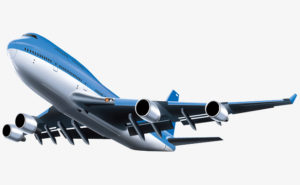
First, one of the most important points: transportation! The plane leaves a terrible carbon footprint on the planet. Obviously, we will be unable to avoid it entirely, but we will do everything in our power to use it as little as possible. And if we really have to, we will choose direct flights or with a minimum of stopovers since takeoff and landing release even more CO2 into the atmosphere than the flight itself. We therefore prefer train, bus or carpooling whenever possible. And on the spot, we will use public transport or walk.
In terms of accommodation, we have chosen to rent small studios with kitchens rather than sleeping in hotels, great masters in the art of waste. It will also allow us to cook the vast majority of our meals rather than going to restaurants. In addition, it will have the advantage of reducing our expenses. An essential when you leave for so long.
We have also chosen to travel only with our 40 liter backpacks (so carry-on baggage). During the European part of our trip, it may be that we must have some luggage in the hold to bring our winter clothes since we will be there until December, but we are questioning about this. This will force us to make real choices about what we bring or not and will help us control our desires to buy a lot of things along the way.
In these bags, we will bring the following items which will help us to limit our waste as much as possible. If you are interested, I could possibly make you an article on our choices of hygiene products and others, but for now, here are our items related to food and shopping especially.
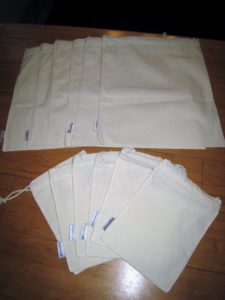
First, two sizes of cotton bags for our bulk purchases. Since whenever possible, this is the choice we will make! We have 12 of these bags in total.
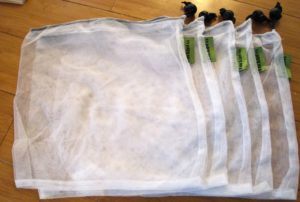
5 mesh bags for our fruits and vegetables.
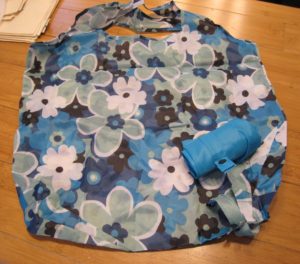
Two foldable shopping bags that will always be in my daypack.
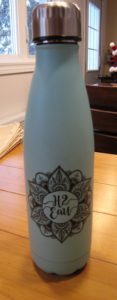
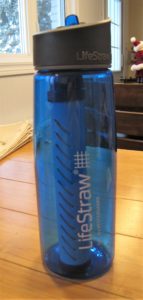
A stainless steel water bottle for all countries where the water is drinkable and a LifeStraw bottle with filter and charcoal for all countries where it is risky or impossible to drink water. Unfortunately, it will not completely prevent the purchase of bottled water since it filters from suction, so we will not be able to use it to filter the water that we will use to brush our teeth or cooking for example, but that still limit our purchases a lot.

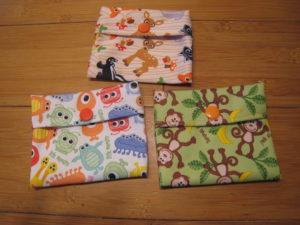
My Vaya lunch box and its insulated bag that turns into a placemat. Given my very large number of allergies, I almost always have to bring a lunch with me, especially on the road, if I want to be able to eat. It is therefore essential for our travels. With the 3 stainless steel containers it will also allow us, on a daily basis, to buy in bulk everything that cannot be put in cotton bags. And the insulated bag that helps keep food cold or hot for several hours will take away any argument for not bringing our lunches when needed. I also included some snack bags that will replace the Ziplocs.

We also each have a set, including a pouch, that attaches to the belt or bag in which there is a spoon, chopsticks, a knife and a bamboo fork as well as a stainless steel straw. We will probably have to get rid of the knife for the trip since it will not be accepted in the cabin, but at least we will have the rest!
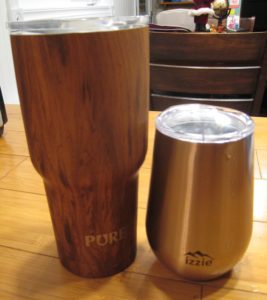
And finally, our cups which keep drinks hot or cold for hours, will allow us to avoid disposable cups at all times.
Now it’s your turn, do you have any ideas for us? Advices? Suggestions? Is this something that worries you when you go on a trip? Do you make choices related to the environment?
See you next week!
Genevieve